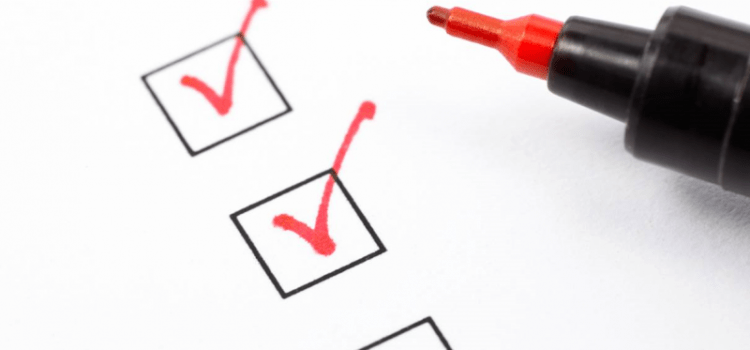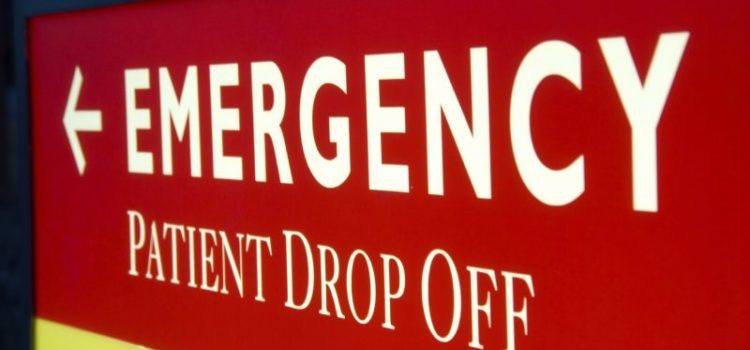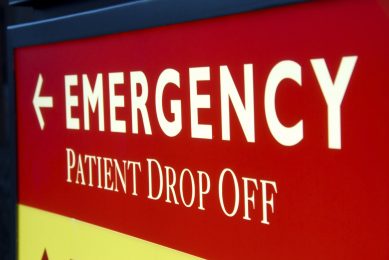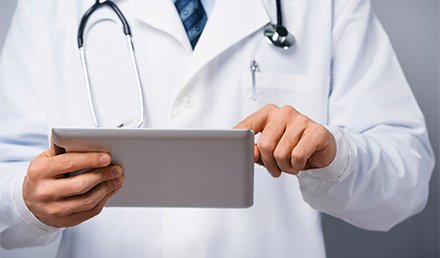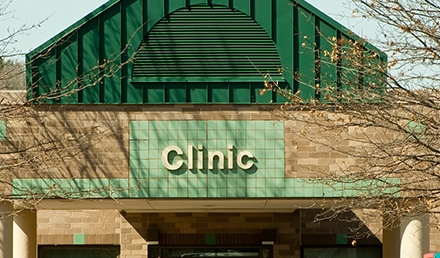Patients being treated for cancer have medical needs that extend far beyond their most critical diagnosis—more than a few of which are a result of their treatment. Johns Hopkins Hospital is offering them a place to go besides the emergency room when they’re suffering with pain, fever, nausea, or anything else for which they need immediate care, by creating an urgent care center specifically for them. Besides the long waits and generalized care they can …
Read More

